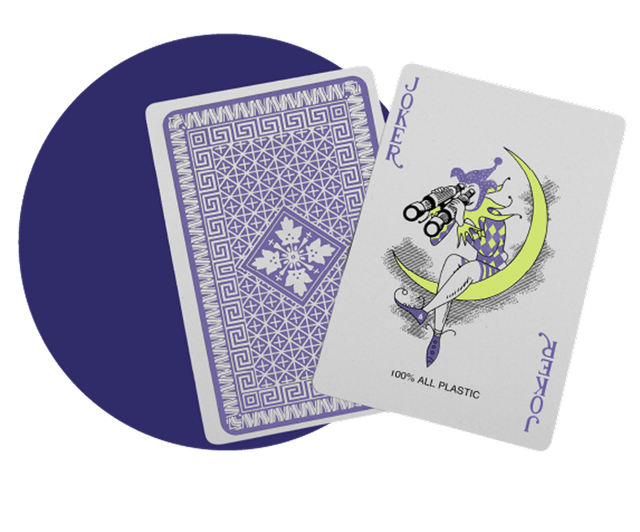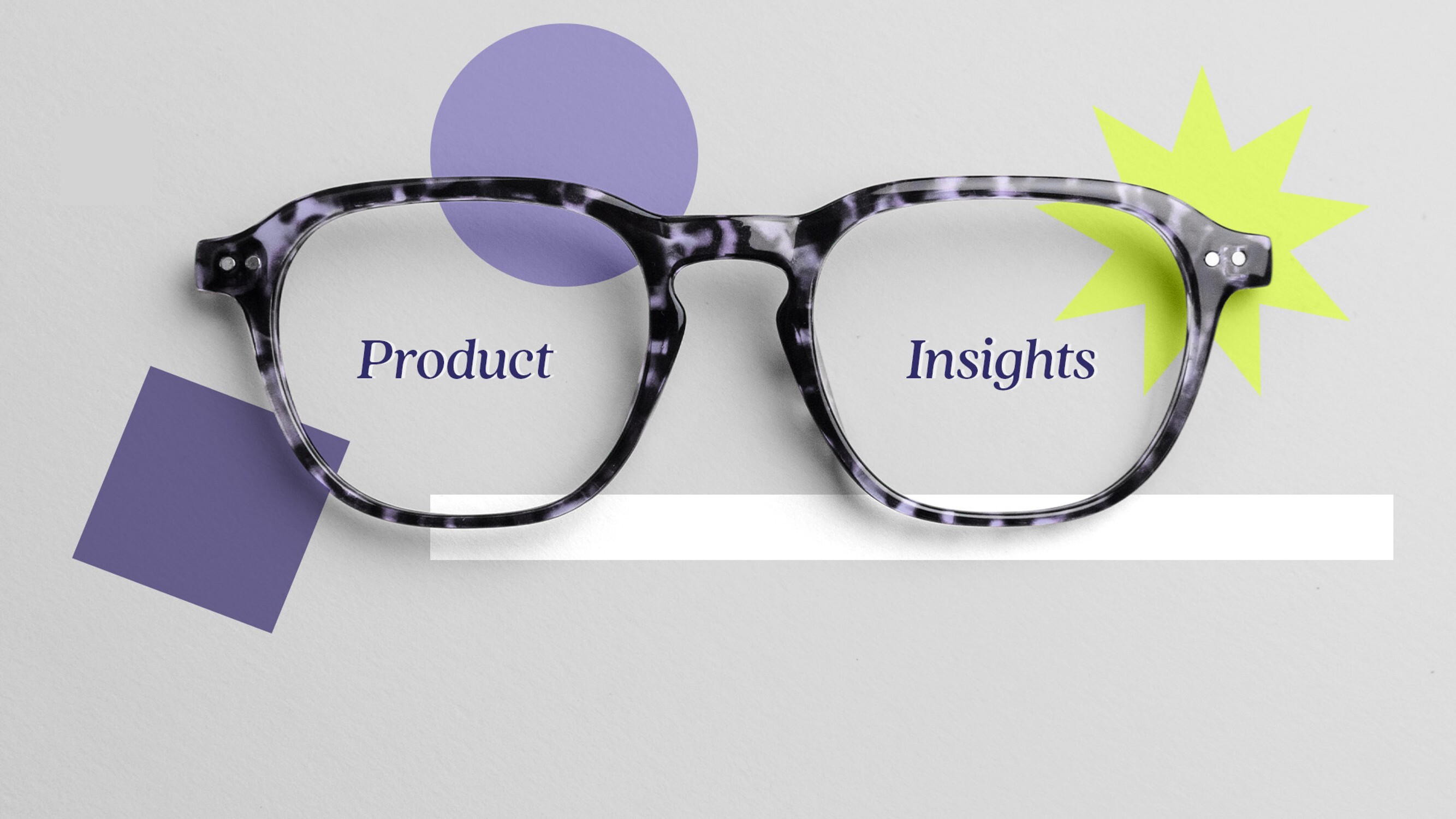
AI and the Retail Marketer’s Future
How AI transforms strategy and processes, driving the adoption of Positionless Marketing
Exclusive Forrester Report on AI in Marketing

The holy grail of customer marketing is serving each customer the best possible offer in the optimal time, channel and place. This goal takes into account the vast differences between individuals. Each person has unique wants, needs and preferences, and the ideal marketer should be able to cater to each one on his or her own terms. This, of course, is highly impractical, and this is where Customer Modeling, also known as Customer Behavior Modeling, comes into the picture.
Customer Modeling is the creation of a mathematical construct to represent the common behaviors observed among particular groups of customers in order to predict how similar customers will behave under similar circumstances. It relies on the premise that although it isn’t feasible to treat every customer individually, customers can be grouped into clusters based on similar tendencies.
Customer behavior models are typically based on data mining of customer data, and each model is designed to answer one question at one point in time. For example, a customer model can be used to predict what a particular group of customers will do in response to a particular marketing action. If the model is sound and the marketer follows the recommendations it generated, then the marketer will observe that a majority of the customers in the group responded as predicted by the model.
Despite their mathematical complexity, most customer models are actually relatively simple. Their biggest drawback is that they are static and rule-based. People, however, are dynamic and ever-changing. Because of this, most customer behavior models ignore many pertinent factors and the predictions they generate are generally not very reliable.
The RFM approach to customer behavior analysis is a good case in point. Many customer behavior models are based on an analysis of Recency, Frequency and Monetary Value (RFM). This means that customers who have spent money at a business recently are more likely than others to spend money again. Also, customers who have spent the most money at a business are more likely than others to spend again.
RFM is popular because it is easy to understand by marketers and business managers, it does not require specialized software, and it holds true for customers in almost every business and industry.
Unfortunately, RFM alone does not deliver the level of accuracy that marketers require.
Think about your own purchasing habits. A few brands can rely on your RFM attributes to serve you optimally. Those are the ones that you visit frequently – your local grocery store perhaps, your dry cleaner, or your hair stylist. Your relationship with other brands, however, is a lot less predictable. Sometimes you shop for clothes on a whim. Sometimes your shopping is triggered by a special offer. Perhaps you are very predictable when you buy clothes for your children, but you are all over the place when you’re shopping for yourself. Brands who rely only on your past RFM data will have a hard time getting your habits right, and their communication with you is likely to be so off the mark that you will cut off your relationship with them completely.
To offset the negative effects of generic communication and maximize the potential of personalized interactions, customer behavior modeling has been upgraded to utilize dynamic and precise measurements of behavior. Moreover, in the past couple of years, the rise of machine learning and AI has enabled the use of advanced modeling methods that are far more effective than conventional rule-based methods. By combining a number of technologies into an integrated, closed-loop system, marketers can enjoy a highly accurate customer behavior analysis in an easy-to-use application today.
To achieve market-leading predictive customer behavior modeling, your technology should feature the following capabilities:
One way to think of the difference between conventional approaches and the advanced approach is that the former is like a customer snapshot whereas the latter is a customer animation. The animated view of the customer is far more true to life, and therefore much more revealing, allowing much more accurate customer behavior predictions.
Exclusive Forrester Report on AI in Marketing
In this proprietary Forrester report, learn how global marketers use AI and Positionless Marketing to streamline workflows and increase relevance.


Moshe Demri leads Optimove’s global revenue team and is focused on helping clients optimize their customer retention plans and their use of the Optimove software. Moshe has vast experience consulting clients as a data scientist, analyzing their customer data and revealing actionable, data-driven marketing insights.
Moshe holds a BSc in Industrial Engineering and Management, specializing in Information Systems.


